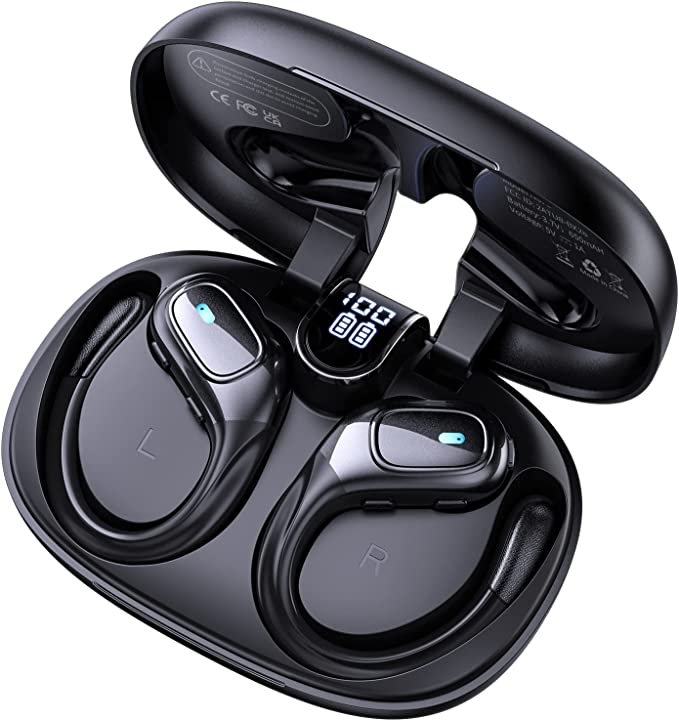Imagine, for a moment, a physicist’s daydream in the early 1920s. Surrounded by the era’s gramophones, with their hefty mechanics and resonant horns, our physicist poses a seemingly impossible question: How could one create sound with a truly massless object? How could you command the air to vibrate with perfect precision, free from the physical burdens of weight, momentum, and the lingering vibrations that plague every moving part? It sounds like a problem of spirit and ether, yet this thought experiment outlines the single greatest challenge in the century-long quest for perfect audio reproduction. The enemy has always been inertia. And the solution, conceived long ago, was as elegant as it was elusive: electrostatics.
This wasn’t just a fleeting fancy. It was a principle that would captivate engineers for decades. We saw its first truly iconic materialization in 1957, with Peter J. Walker’s monumental QUAD ESL-57 loudspeaker. To call it a speaker feels inadequate; it was an “acoustic window,” a pair of large, delicate panels that, for the first time, seemed to dissolve the boundary between the living room and the recording studio. Listeners reported hearing not just the notes, but the very air around the instruments, the subtle ambience of the space. This was the magic of the electrostatic principle—a breathtaking transparency. But it was a magic that came with a curse. The QUADs were enormous, notoriously difficult to drive, and as delicate as a butterfly’s wing. For half a century, this sublime technology remained the preserve of a dedicated few, a giant chained to the wall.

The Fundamental Conflict of Sound
To understand why this technology is so revered, we must ask a fundamental question: what is the most faithful way to vibrate air? The history of audio has largely followed the path of force. A conventional dynamic driver, found in most headphones and speakers, is a piston. A coil of wire, attached to a cone, is pushed and pulled by a magnet. It’s the logic of a hammer striking a drum: direct, powerful, and effective. But the hammer has weight. It takes time to get moving and, crucially, time to stop. This inertia causes it to overshoot its target, blurring the sound and creating distortion. It’s a brilliant, robust solution, but it is, by its very nature, a compromise.
The electrostatic path is one of grace. Imagine trying to move a vast, gossamer-thin sail, a square of Mylar film just a few microns thick—so light it could be the wing of a dragonfly. You wouldn’t tie a rope to its center and pull. Instead, you would command the wind itself to push upon the entire sail at once. This is the electrostatic method.
The “sail” is a diaphragm coated with a conductive material, suspended in the electrostatic field between two charged, perforated metal plates called stators. It holds a constant electrical charge, while the audio signal rapidly fluctuates the charge on the stators. Governed by Coulomb’s Law, the diaphragm is pulled and pushed by this invisible, uniform force field. It doesn’t have a “motor” attached to its center; the entire surface moves as one, with no part lagging behind another.
The physical consequence is staggering. Because the diaphragm is virtually massless, its inertia is negligible. This allows it to trace the most complex audio waveforms with a speed and accuracy that conventional drivers can only dream of. The result is a near-perfect transient response—the ability to render the start and stop of a sound with absolute precision. Furthermore, because the diaphragm moves uniformly, it doesn’t suffer from the “breakup” modes (where different parts of a cone move out of sync) that are a primary source of distortion in dynamic drivers. This is why high-performance electrostatic systems boast Total Harmonic Distortion (THD) figures an order of magnitude lower than their counterparts, often below 0.05%. They don’t just play music; they erase themselves from the equation, leaving only the pure, uncolored signal.

The Genie in the Bottle
For decades, the challenge remained: how do you take the giant magic of the QUAD panels and shrink it into something that can be worn on, or in, the ear? This is a battle against the very laws of physics, a feat of micro-engineering that companies like the Japanese pioneer Stax began to tackle in the late 1970s. Today, this legacy is embodied in modern marvels like the Shure KSE1200, a system that serves as a perfect case study in taming this elegant science. It’s not merely a pair of earphones; it’s a complete, miniaturized solution to the historic electrostatic curses.
First is the curse of power. The electrostatic principle demands extremely high voltage to create its driving field—a stable “bias” voltage that can reach hundreds of volts. Your phone’s headphone jack, designed for low-impedance devices, simply cannot provide this. This is why the KSE1200 is an inseparable system, bundled with a dedicated amplifier. Looking at its specifications reveals an impedance of 85,000 Ohms. To an audio engineer, this number tells a story: the earphones sip an infinitesimal amount of current but require an immense amount of voltage pressure. The amplifier is not an accessory; it is the sophisticated power station, the very source of the magic.
Second is the redefinition of bass. The criticism that electrostatic designs are “bass-light” comes from a misunderstanding of their nature. They cannot produce the visceral, concussive slam of a large, heavy cone moving a great distance. Instead, they offer something far more refined. The bass from a driver with near-zero mass is incredibly fast, taut, and textured. It is not the blunt impact of a cannonball, but the intricate, detailed resonance of a perfectly tuned cello string. This is reflected in the experiences of its users, who describe the low-end not with words of brute force, but as being “powerful and clean in a way I never even thought was possible, with so much detail.” It’s a quality-over-quantity approach that appeals to those who want to hear the pitch and decay of a bass note, not just feel its punch.
Finally, there is the need for a silent stage. The beauty of this technology lies in its ability to reproduce the most delicate nuances. But these whispers can be easily lost in the noise of the outside world. Here, Shure’s expertise in passive Sound Isolation becomes a crucial part of the system. By creating a seal that can block up to 37 decibels of ambient noise, the ear tips provide the essential pitch-black acoustic canvas. This silence is not just a luxury; it is a necessity for the electrostatic genie to perform its most subtle and breathtaking feats.

The Price and Prize of Purity
To look at the KSE1200 system and its considerable price tag is to look at the culmination of a century of scientific struggle. It represents the cost of using exotic, difficult-to-manufacture materials and the complex, dedicated electronics required to command a fundamental force of nature.
The price of this purity is a willing compromise in convenience. This is not a system for a casual jog in the park. It demands a quiet moment, a good source, and an appreciation for the art of focused listening. The prize, however, is a profound one. It is the chance to hear a recording with fewer layers of mechanical translation than ever before. It is an opportunity to connect not just with the music, but with the ghost of the original electrical signal captured in the studio—a sound so immediate and uncolored it feels as though it is being generated directly in your mind. It is the physicist’s daydream, made real and placed, almost impossibly, within your ear.




